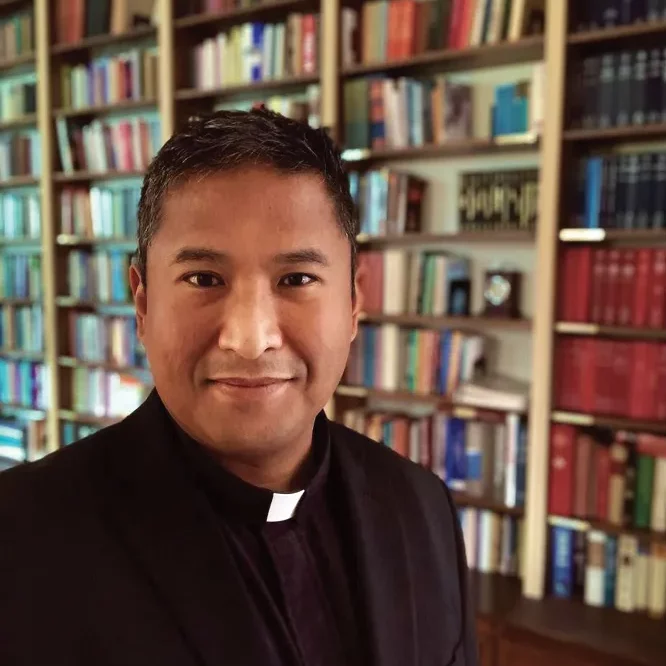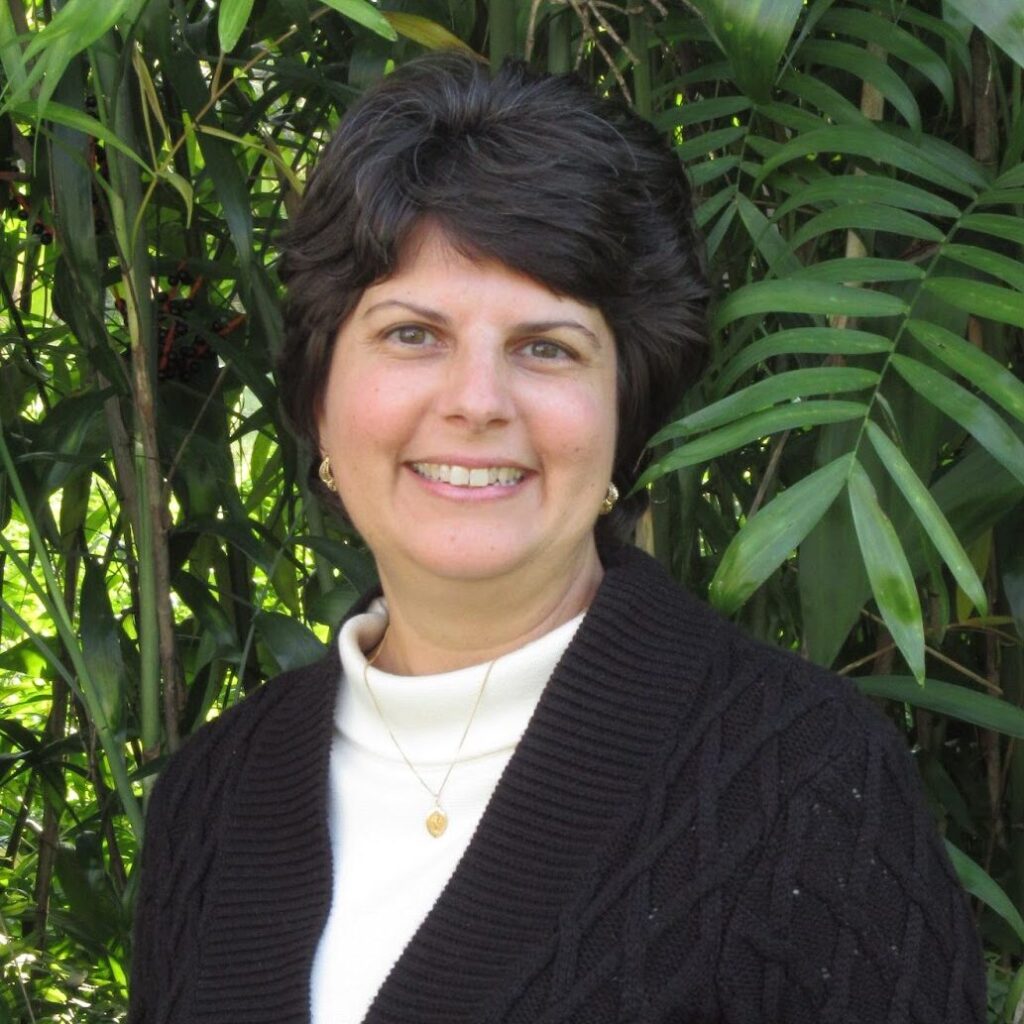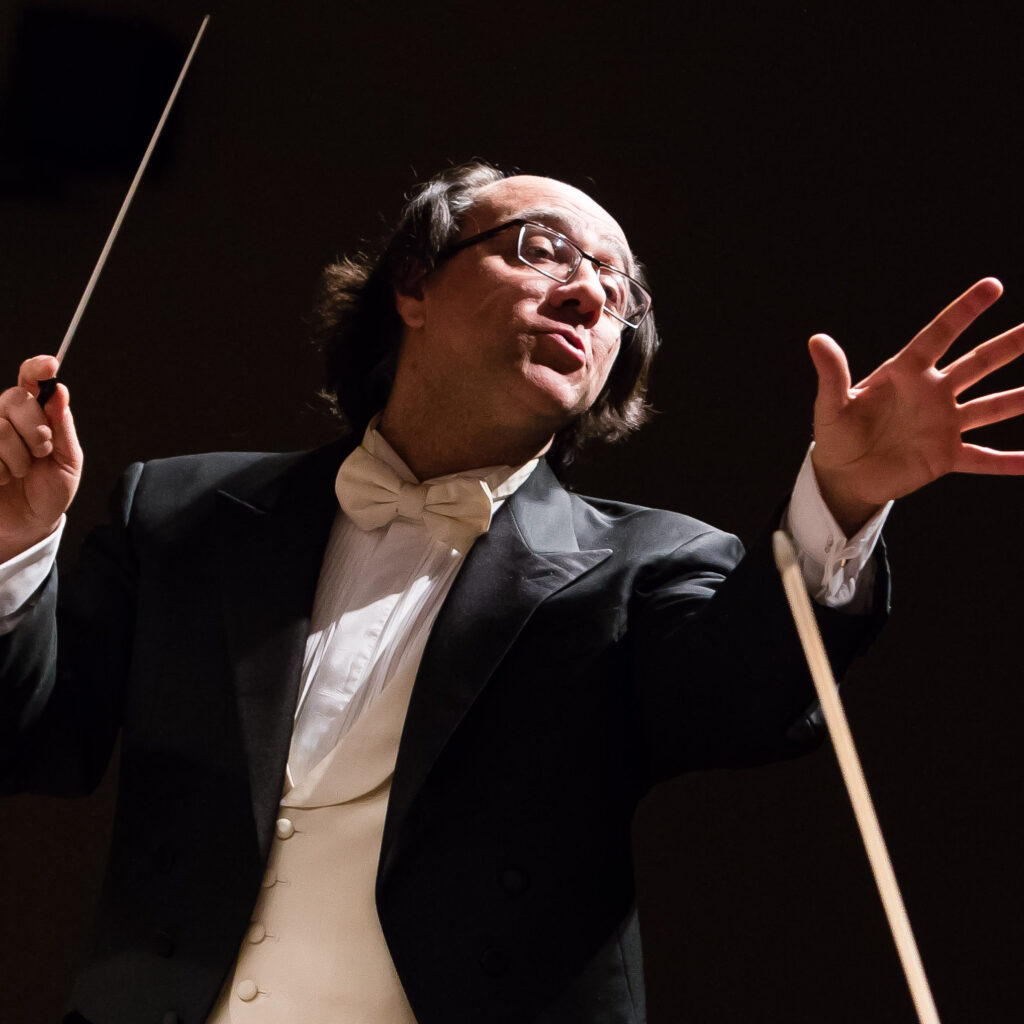
JESUS SAID,
“Let the little children come to me…for the kingdom of heaven belongs to such as these.”
“Let the little children come to me…
for the kingdom of heaven belongs to such as these.”
– Matthew 19:14
Welcoming Children and Families
Welcome Message from Jem Sullivan Ph.D, associate professor, Catechetics
Faculty Lead, Welcoming Children in Worship, a collaborative initiative funded by Lilly Endowment Inc.

Greetings and thank you for visiting Welcoming Children in Worship at The Catholic University of America, a four year pastoral initiative made possible by a generous grant from Lilly Endowment Inc.
We welcome you to this virtual community as you explore and use worship resources offered here for children, ages four to ten. We wish to support you as you invite and form children in vibrant in-person, face-to-face communities of worship, prayer, and reflection that accompanies them to full, conscious, and active participation in the Eucharist, the “source and summit of the Christian life.” (Constitution on the Sacred Liturgy, 10)
In the coming months and years, you will find here inter-generational resources to assist in the formation of the children in your care so they connect the tables of home, parish, or Catholic school to the sacred table of the Eucharist, “in which is contained the whole spiritual good of the Church, namely Christ himself, our Pasch.” (Catechism of the Catholic Church, 1324)
The worship of God unfolds in the Catholic tradition within the graced time of a liturgical year of sacred seasons and feasts. Children, parents, pastors, catechists, liturgists, and teachers will find formation for the liturgical year across three areas: (1) formation resources on the meaning of liturgical signs, words, and gestures of worship; (2) sacred music for worship and prayer; and (3) sacred art and educational activities to nurture children’s growth in prayer and worship of God through encounters with Truth, Goodness, and Beauty.
We offer sacred music selections and performances to help prepare children to worship God in song. A sacred art podcast guides children with parents, teachers and catechists through the beauty of art to the beauty of worship and prayer. And you may explore a liturgical season guide created for Hispanic families and children, in English and Spanish. Reflections from Bishops and pastor workshops share the wisdom of the church’s shepherds. Adaptive resources are offered to support families forming children with disabilities. And you may access research on children’s liturgical formation conducted by CARA (Center for Applied Research in the Apostolate) through a national survey of 189 Catholic dioceses that guides the collaborative vision and creation of these research-driven resources.
By using these children’s formation resources, you join a virtual community that shares in the vision of Nurturing Children Through Worship and Prayer Initiative of the Lilly Endowment Inc. Thank you for the opportunity to support you as we respond together to Jesus’ invitation to “let the children come to me…for the kingdom of heaven belongs to such as these.” (Matthew 19:14)
For the CUA press release see School of Theology and Religious Studies Receives Lilly Endowment Grant for Childhood Education | Washington, D.C. | Catholic University of America – Washington, DC | CUA
also Catholic University’s School of Theology and Religious Studies Introduces the Welcoming Children in Worship Project
and New Catholic University project promotes children’s participation in the Eucharist
MEET OUR COLLABORATORS

Charleen Katra

Daryl Hagan, Ed.D.
The Catholic University of America

Reverend Fr. Phil Ganir, S.J.
Boston College School of Theology and Ministry

Amy Zuberbueler, M.M.E.
Benjamin T. Rome School of Music, Drama, and Art

Maestro Simeone Tartaglione, M.M., A.D., G.D.P.
Benjamin T. Rome School of Music, Drama, and Art
Our Patron Saints
Guardian of the Redeemer
Patron of the Universal Church

